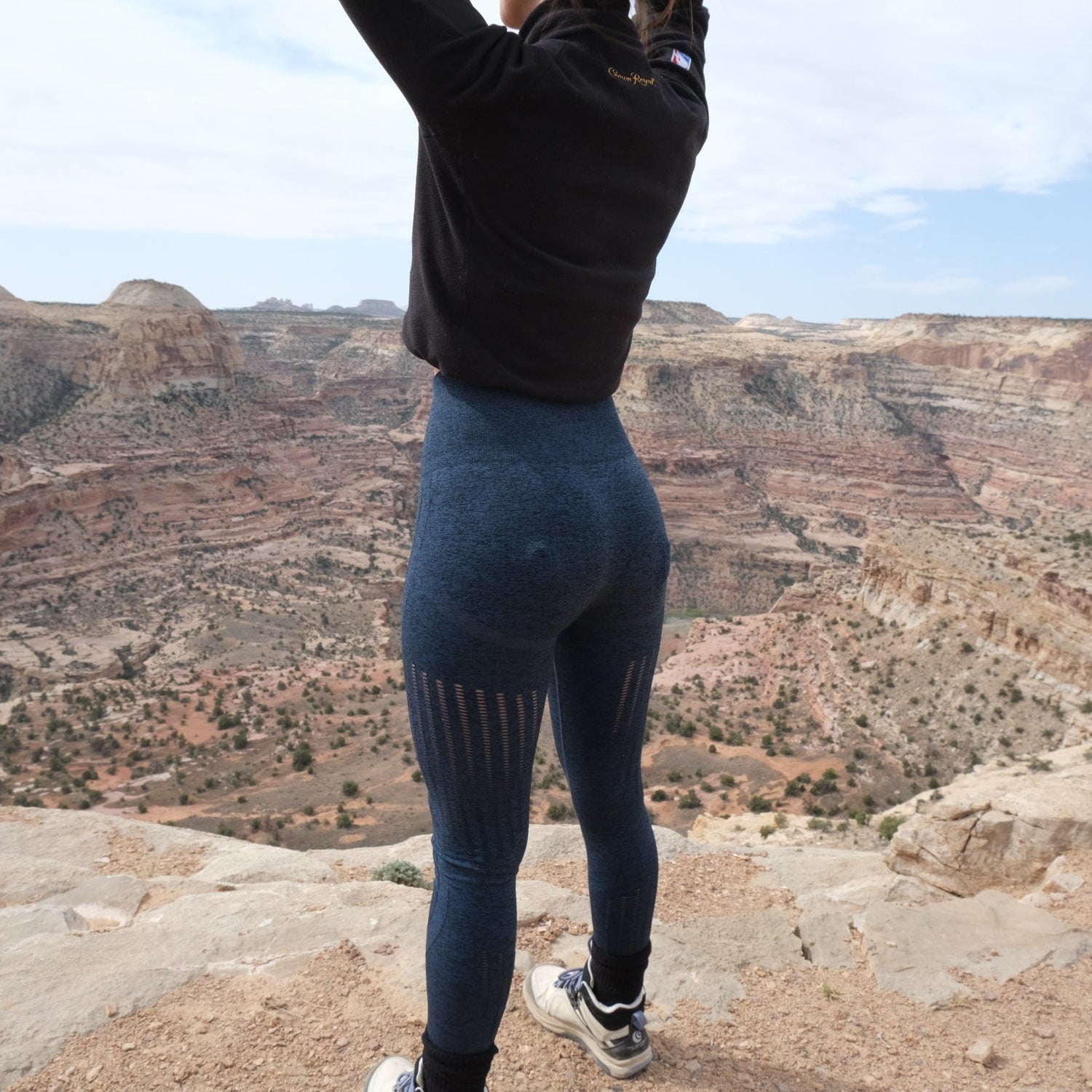The lower back, where we seem to carry the weight of the world or at least the rest of our upper body. If you think about your lower back frequently its probably because you experience some amount of pain there. Here we will talk about the role your hamstrings play in this process and somethings you can do to remediate your lower back pain.
Why Your Hamstrings Matter
If your hamstrings are tight, they can pull on your pelvis tilting it forward. This increases the strain on your lower back when bending over. Which is why many people injure themselves when lifting even light things. Its not that lifting is inherently back straining, but your back is taking even more of the load than it would normally and is doing so out of its natural alignment.
What You Can Do About It
When people hear tight hamstrings and pulling, they try to do hamstring stretches. Unfortunately hamstrings themselves don’t lend themselves to stretching. Instead, one should try to strengthen their hamstrings. Strengthening your hamstrings will allow your lower back to do less of the work thereby reducing injury risk.
To strengthen your hamstrings, some great exercises include lying leg curl, Romanian or straight leg deadlift, and an exercise known as good mornings. If you already do some hamstring exercises regularly and still have this problem, chances are you aren’t properly activating the hamstring.
We designed the Pulse Device for the main purpose of helping you to activate the target muscle while lifting. Here you want to use the Pulse Device Performance Hamstrings settings and placements while performing one of the above exercises. Doing so will help you activate the muscle all while improving the mind-muscle connection to that muscle.
Helping Lower Back Pain
In addition to the hamstring exercises, here are some other things you can do to help with your lower back pain.
Knee to Chest stretch: A great stretch to do for recovery or before strenuous exercise.
To Perform lie on your back, bring your knees to your chest using your arms to deepen the stretch. You should feel the stretch in your lower back as well as your hips and hamstrings if they are tight.
The lower back can be a muscle to stretch effectively, if the above stretch alone doesn’t provide relief the Pulse Device can be of great assistance here. The Pulse Device can be great at warming up the muscle or in recovery by bringing blood flow and relaxing the lower back.
For Before Your Workout: Place the devices on your lower back using type 2 warm-up vibrations while resting. Alternatively, you can use type 1 warm-up vibrations while doing the Knee to Chest stretch to enhance the benefits of the stretch
For After Your Workout or Minor Injury: Place the devices on your Lower back and use Type 1 Recovery Vibration for 5-10 Minutes following exercise or Type 2 Recovery Vibration for 10-15 Minutes following a minor Injury. Do not place the devices on painful muscles.

